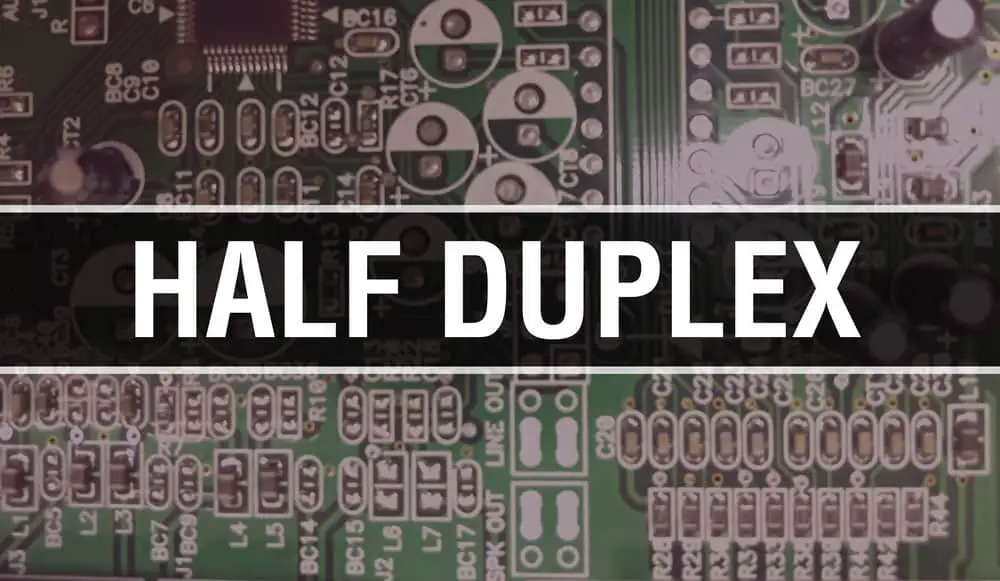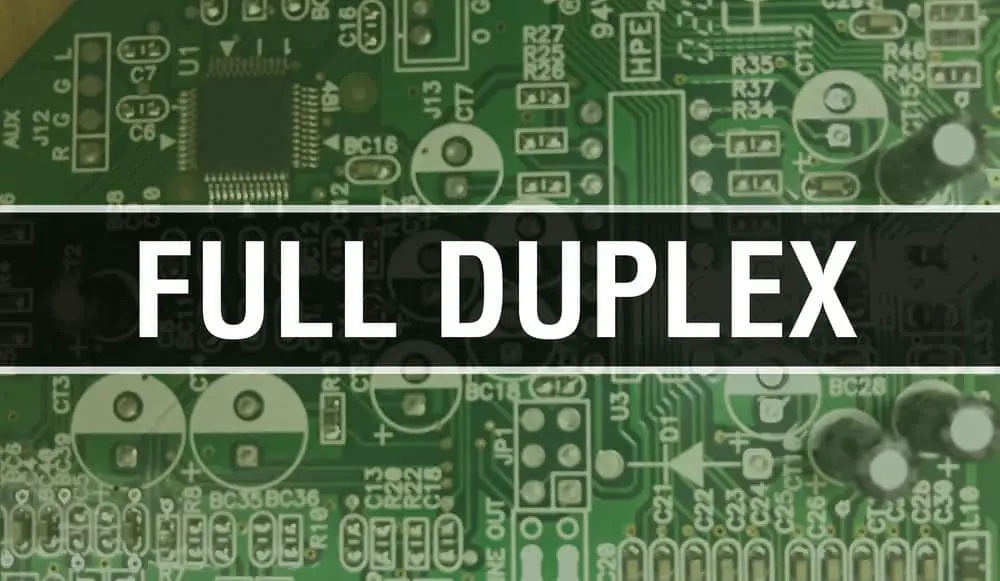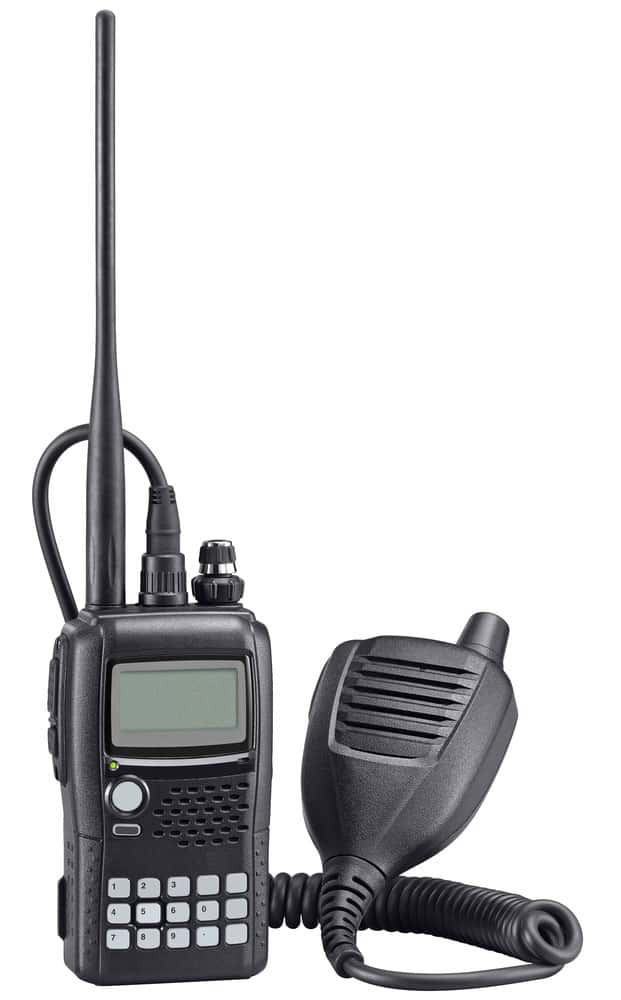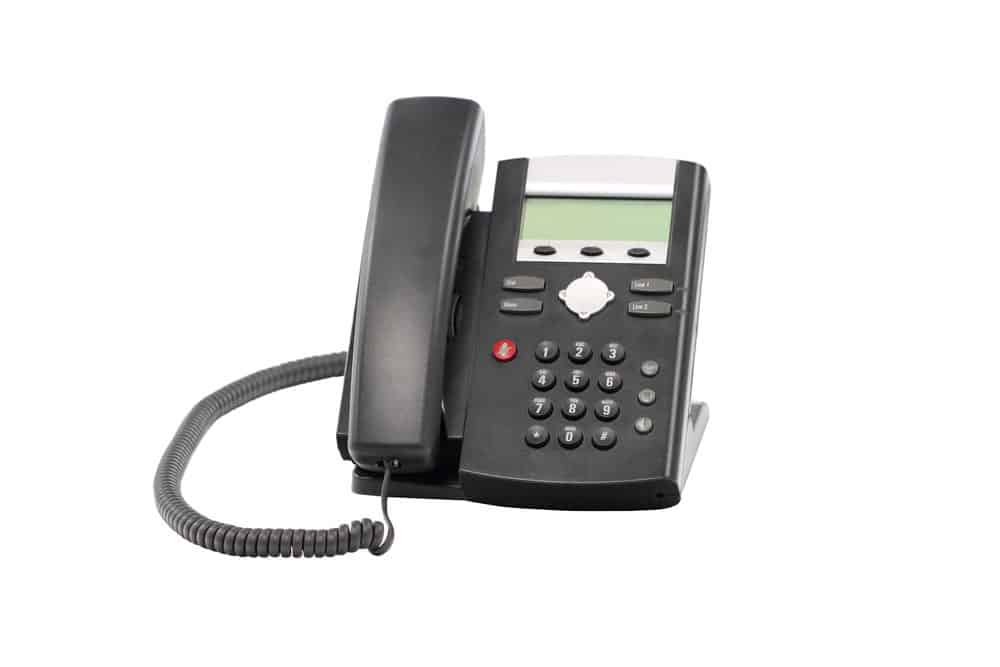Duplex is a point-to-point system to communicate among two or more connected devices. There is two-way communication between these devices. A large number of telecom networks use duplex systems. In this, machines can either communicate in both directions together. Or it can also provide a reverse path for remote monitoring of the equipment in the field. Based on these transmission modes, there are two duplex communication systems: half-duplex and full-duplex.
In this article, we will discuss in detail these two modes.
Table of Contents
- What is Half-duplex?
- What is Full-duplex?
- Half-duplex vs Full-duplex: Similarities
- Half-duplex vs Full-duplex: Differences
- Example of Half-duplex vs Full-duplex
- Working of Half-duplex and full-duplex
- Conclusion:
What is Half-duplex?
In a half-duplex channel, only one node can transmit information simultaneously, and another node can send data only after the first node has finished transmitting data. If multiple nodes try to send data together, it results in data loss or other transmission errors.
Ethernet uses Carrier sense multiple access with collision detection or CSMA/CD to avoid collision in the half-duplex network. In this method, an ethernet device, before sending data, checks if any other node is also transmitting data simultaneously. If it detects any other node, it will wait for some time before sending data.

Image: Half Duplex with Electronic components on integrated circuit board Background
What is Full-duplex?
In contrast to the half-duplex, there is the simultaneous transmission of data between different nodes in the full-duplex channel. As there is only one transmitter on each twisted pair, there are no collisions. As multiple nodes send signals together, you can transmit data more quickly in a full-duplex system.

Image: Full Duplex concept of Integrated Circuits
Half-duplex vs Full-duplex: Similarities
There are some similarities between these two nodes. They are-
- Firstly, both come under duplex systems, which means you can talk to someone at a different location on a similar device.
- Secondly, you can use them on phones, computers, and speakerphones.
- Thirdly, sound cards for both are available for computers.
- Both are evolved forms of telecom technology.
Half-duplex vs Full-duplex: Differences
Half-duplex and full-duplex differ from each other in some aspects. They are-
- In full-duplex mode, you can send and receive signals at the same time. On the contrary, in half-duplex, you can either send or receive signals at a time.
- In a full-duplex system, both users can speak simultaneously, while only one user can speak at one time in half-duplex devices.
- A full-duplex mode can simulate real-life conversation among several people, while a half-duplex cannot do this.
- In a full-duplex device, you use separate frequencies and two pairs of wires. On the other hand, half-duplex communications use a single frequency.
Example of Half-duplex vs Full-duplex
Walkie-talkie is a typical example of a half-duplex channel. You all must have used it once in your life as a toy, and you know that it can either send or receive signals. In half-duplex systems, there is some arrangement so that speakers can tell users that their transmission is complete. For example, when you finish saying something in a walkie-talkie, you say “over” or “over and out.”

Image: black walkie talkie on white background
In data networking, Ethernet hubs create a single shared channel of communication. These are half-duplex by nature. On the other hand, Ethernet switches can work either half-duplex or full-duplex mode. Although most networks work on controls, hubs are still in use. The landline telephone network is an example of a full-duplex as you can speak and listen simultaneously. Modern-day cell phones are also full-duplex.

Image: desktop telephone
However, some old Ethernet switches can only use half-duplex even if they have a full-duplex button.
Further, all Wi-Fi networks work on half-duplex modes on a per-channel basis. Every radio channel can either send or receive signals at a time but cannot do both together. However, Wi-Fi 6 standards allow multiple channels through multiple antennas, and these various channels allow full-duplex communication between different nodes.
Working of Half-duplex and full-duplex
In half-duplex systems, you can conserve bandwidth as there is only one channel for communication, and two users can share this channel alternatively. However, there is a decrease in throughput in this bidirectional communication.
In this mode, a port sends data only when it does not receive any data. Most of the network hubs run in a half-duplex way to avoid collisions. Here switch, and hub will coordinate so that only one device can send or receive data simultaneously. However, since seats are not standard in modern LANs, Ethernet networks no longer use half-duplex mode. Also, a two-way radio works on a half-duplex mode of operation.
In a full-duplex channel, there is simultaneous communication between all nodes. There are no collisions in the full-duplex setting. However, the host NIC and the switch port should support full-duplex mode. Here, each NIC and switch port has a duplex arrangement. There are two pairs of wires in full-duplex Ethernet, and there should be a full-duplex mode between all hosts and switches.
For full-duplex operation in Ethernet connections, you can use two twisted pairs or optical fibers that connect directly to each network device. Here, one team is for receiving signals while the other pair sends signals.
If the links connect to a LAN hub, you should use half-duplex mode to prevent a duplex mismatch. Otherwise, you will receive decreased network performance.
Some systems do not require duplex capabilities. These systems can use simplex communication.
Conclusion:
There is continuous evolution in communication systems. Now, radio, televisions, and the internet are the primary forms of communication. All these forms either use half-duplex modes or full-duplex. To establish anyways, we help you, and we provide you with high-quality cable assemblies and wires.
